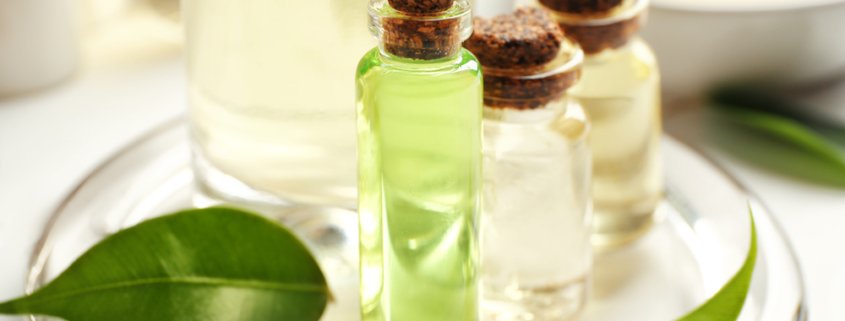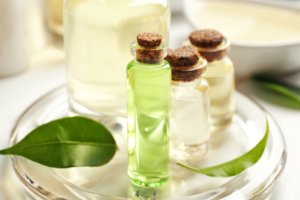Lice Treatment: Harmful Toxins To Avoid
When treating our children for head lice, safety is our first priority. We would never want to expose them to anything harmful. Many lice treatments can be dangerous and cause negative side-effects. Children are still growing and developing, so toxins can be detrimental to them. This should be considered when choosing a lice treatment. Here is a list of harmful chemicals to watch out for.
Mercury
Mercury is an aqueous metallic substance that is mined from the earth’s crust and is commonly found in atmospheric emissions resulting from coal, power plants, cement production, smelting operations, gold mining and various other sources. Dentists will often use mercury to fill cavities. There’s a chance that the mercury might slowly seep into your child’s body, and can cause long-term neurological damage. It can harm peripheral vision, cause skin rashes and limit one’s ability to talk, hear or walk properly. How scary is that? Of course, those are results of a worst-case scenario but why risk it? Children are particularly vulnerable to toxins as their development can be compromised and permanent damage can occur. Mercury-containing head lice treatments are on the long list of toxic head lice remedies to stay away from. Be wary, check ingredients and always put your child’s safety first. Mercury is bad news for your children.
Lead
Old-fashioned pencils were made with actual lead until it was discovered that lead contains poison that can harm humans. Lead can be found in your backyard soil, so don’t let your children eat your soil. Paint that was made before 1978 contained lead as well as water pipes and solder. Lead is a neurotoxin that can negatively affect the blood, brain and nervous system in a child. Lead can harm the kidneys, inhibiting cognitive ability and weakness in the extremities. Lead can also be found in pharmaceuticals, lead-acid battery electrodes, radiation shields at the doctor’s office, construction/architectural materials, ammunition, imported children’s products, longer-burning candle wicks, polyvinyl chloride plastic (PVC), fishing tackle, decorative glass, artist’s supplies and Christmas lights. Stay away from lead!
Bisphenol A —BPA
This toxin is commonly referred to as BPA — a plastic-derived compound. Approximately 90% of Americans carry detectable levels of this estrogen-mimicking menace in their blood, and in addition to the chemical messing with the reproductive system, it is shown to trigger breast and prostate cancer and hyperactivity in children. You can find BPA in thermal paper grocery store receipts, dental sealants, polycarbonate plastic food packaging, disposable plastic cutlery, water bottles, the linings in metal beverage/food cans, a whole host of children’s products (baby bottles, especially), sunglasses and toxic head lice remedies.
Tea Tree Oil
Just because something is natural, doesn’t necessarily mean it’s safe. Recent studies show that frequent use of shampoos, hair gels, colognes or other products that contain tea tree oil may cause breast growth in young boys, also known as gynecomastia, and can cause breast growth in young girls as early as age 4. Tea tree oil contains phytoestrogens, which mimic the hormone estrogen. Treating head lice with tea tree oil often requires multiple applications and extreme vigilance to rid your family of head lice. Multiple applications can cause harm and un-wanted side-effects. If you use tea tree oil, we recommend a small amount only.
A simple ingredient can have harmful side-effects. It’s important to do your research before exposing your child to something and it’s usually a good idea to go to a clinic for treatment and to ask questions. Our treatments are safe, effective and contain zero harmful chemicals or pesticides.











